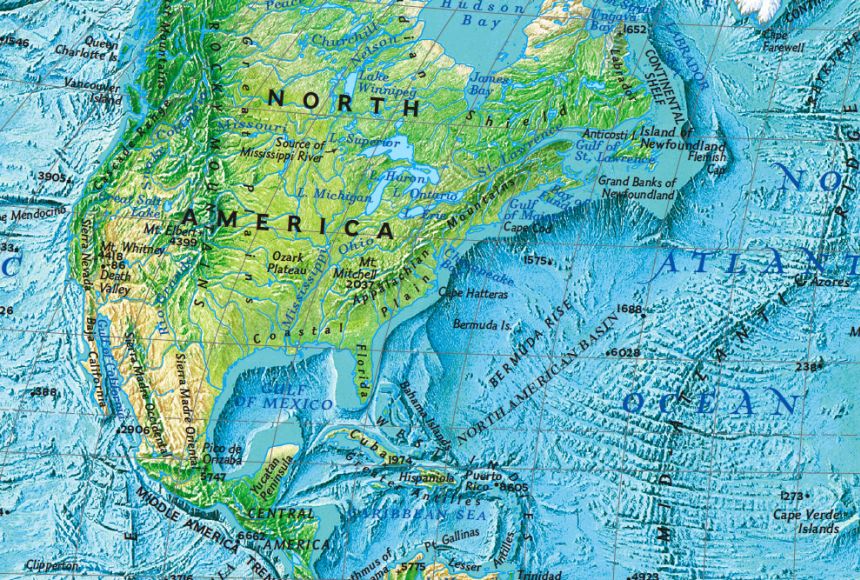
In the vast expanse of our planet Earth, where every corner holds its own unique story, maps serve as our navigational compass, guiding us through the labyrinth of landscapes, cultures, and histories. But what exactly are maps, beyond mere tools for directions? Let’s embark on a journey to unravel the intricacies and wonders of maps.
At its core, a map is a representation of spatial relationships. It transforms the tangible world into a two-dimensional plane, capturing the essence of both the physical and abstract elements of our surroundings. From the earliest rudimentary sketches etched on cave walls to the sophisticated digital renderings of today, maps have evolved alongside human civilization, reflecting our insatiable curiosity to explore and comprehend the world around us.
Maps come in various forms, each tailored to fulfill specific purposes and cater to diverse needs. Navigational maps, such as road maps and maritime charts, aid travelers in plotting their routes and reaching their destinations efficiently. Political maps delineate borders, territories, and geopolitical divisions, providing a visual representation of the complex interplay between nations and regions. Topographic maps meticulously detail the contours of terrain, elevations, and geographic features, serving as indispensable tools for urban planners, geologists, and outdoor enthusiasts alike.
Yet, beyond their utilitarian functions, maps possess a profound symbolic significance. They are repositories of knowledge, encapsulating the collective wisdom, aspirations, and cultural identities of societies across epochs. Ancient maps, adorned with mythological creatures and celestial motifs, offer glimpses into the cosmological beliefs and navigational techniques of bygone civilizations. Medieval mappae mundi, or world maps, blend religious symbolism with geographical accuracy, reflecting the intertwined relationship between faith and exploration during the Middle Ages.
Moreover, maps serve as instruments of power and persuasion, shaping perceptions and influencing decisions on both local and global scales. Colonial cartography, exemplified by the infamous Mercator projection, often distorted the sizes and proportions of landmasses to bolster imperialist agendas and assert dominance over indigenous territories. Conversely, modern-day cartographic endeavors, such as the Humanitarian OpenStreetMap Team (HOT), harness the collective efforts of volunteers worldwide to create detailed maps of disaster-stricken areas, facilitating humanitarian aid and disaster relief efforts.
In the digital age, maps have transcended their static confines, metamorphosing into dynamic platforms that foster collaboration, innovation, and exploration. Geographic Information Systems (GIS) seamlessly integrate spatial data with advanced analytics, empowering governments, businesses, and researchers to unravel complex spatial patterns and make informed decisions. Interactive online maps, such as Google Maps and OpenStreetMap, have revolutionized navigation and wayfinding, placing the world at our fingertips with just a few clicks or taps.
Yet, amidst the dizzying array of technological advancements, maps remain more than mere tools—they are windows into our collective imagination and ingenuity. They remind us of our innate desire to chart the unknown, navigate the uncharted, and forge connections across boundaries real and imagined. Whether as guides for intrepid explorers or canvases for artistic expression, maps continue to captivate our imagination and beckon us to embark on new journeys of discovery.
Conclusion
Maps transcend the confines of paper and pixels—they are embodiments of human creativity, curiosity, and resilience. As we navigate the ever-changing landscapes of our world, let us cherish the profound significance of maps as both mirrors of our past and compasses for our future adventures. For in the intricate lines and contours of maps, we find not only paths to our destinations but also pathways to understanding, empathy, and appreciation for the wondrous tapestry of our planet Earth.